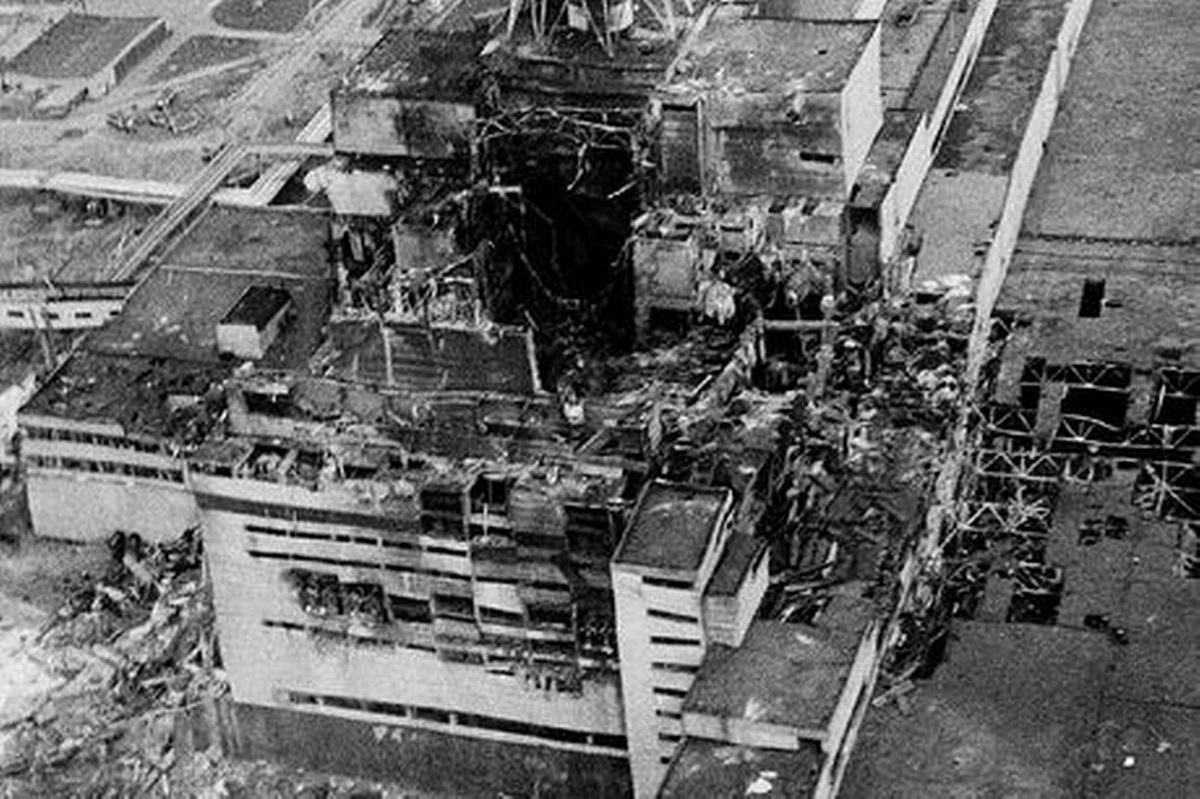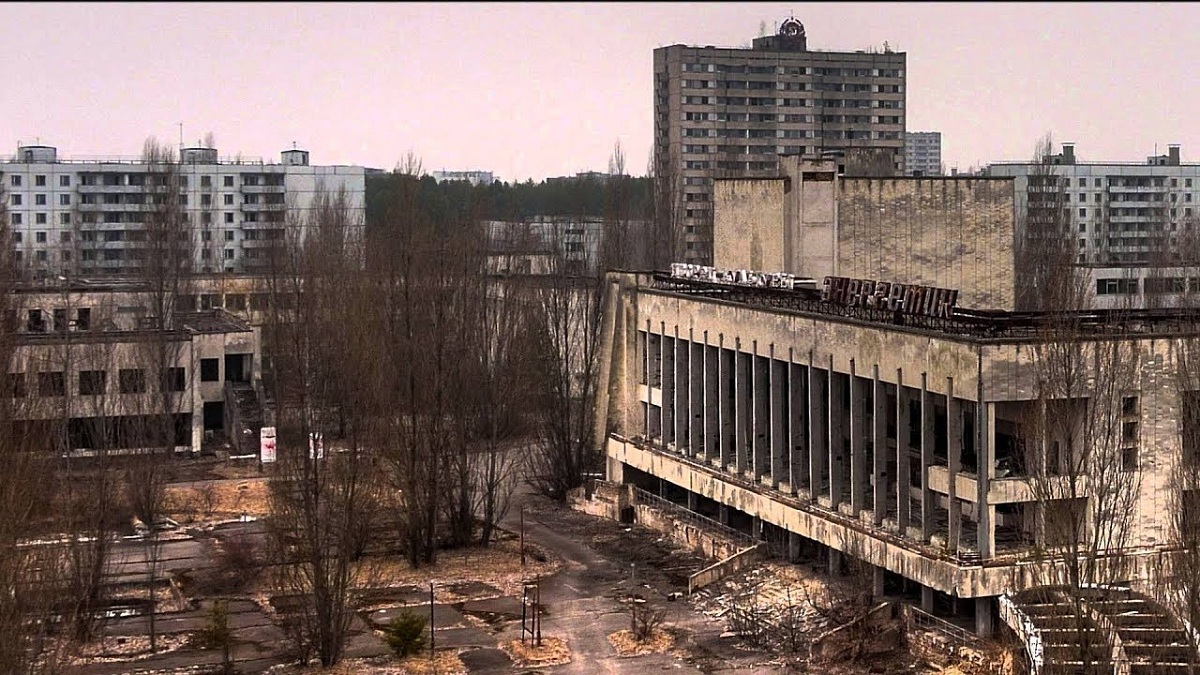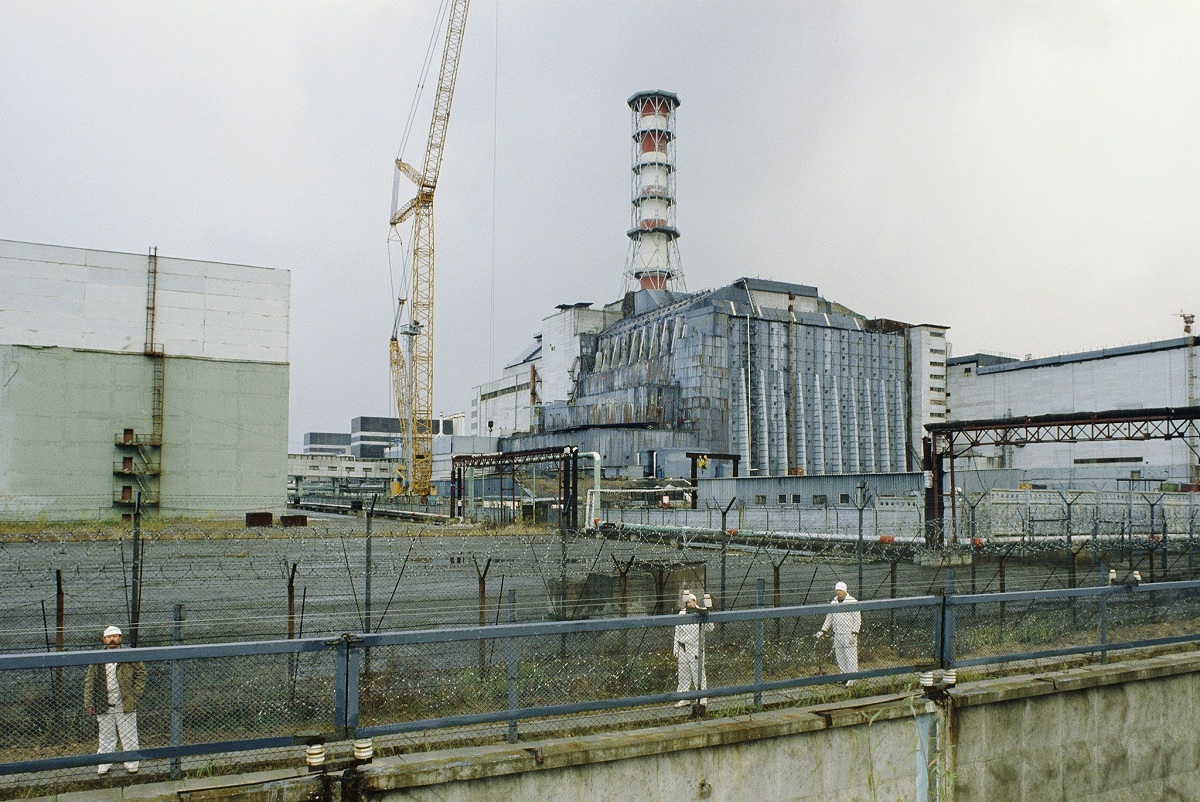
One of the most catastrophic nuclear accidents in history and known worldwide has been the accident of Chernobyl. It is considered the worst nuclear accident in history and, even today, there are consequences for both flora, fauna and human beings. The accident took place on April 26, 1986 and there are still consequences. This catastrophe was a watershed moment for both the Cold War and the history of nuclear energy. Scientists estimate that the area around the entire old nuclear power plant will not be habitable for another 20.000 years.
In this article we are going to tell you everything that happened and what were the consequences of the Chernobyl disaster.
What happened in Chernobyl

This nuclear disaster took place near the city of Chernobyl in the former USSR. This city invested a lot of money in nuclear energy after World War II. It was from 1977 on when Soviet scientists were in charge of install 4 RBMK-type nuclear reactors at the nuclear power plant. This nuclear plant is located on the current border between Ukraine and Belarus.
The accident began with a routine maintenance training for the fourth reactor of the nuclear power plant. The workers had the idea of using the time in which they were active to be able to test if the reactor could cool down in the event that the plant was left without any type of electricity supply. As we know, the origin of a nuclear explosion occurs due to the ability of nuclear material to cool down to low temperatures without electricity.
However, during the reactor cooling test, workers breached certain safety protocols and this suddenly increased the power inside the plant. Although they made some attempts to shut down the reactor, there was another increase in power that caused a chain reaction of explosions inside. Eventually the reactor core was exposed and a large amount of radioactive material was expelled into the atmosphere.
A few months after reactor 4 at the Chernobyl nuclear power plant burst into flames that were toxic, it was covered with large amounts of concrete and steel to contain all the radioactive material inside. This ancient structure was buried to prevent the expansion of radiation. A few years ago, in 2016, it was reinforced with a newer containment so that today the radioactive material is no longer seen.
And it is that radiation persists in the atmosphere for thousands of years. For this reason, it becomes vitally important to protect the reactor core so that radiation is no longer emitted.
Nuclear disaster

The nuclear disaster began when all the chain reactions caused explosions inside the nuclear power plant. Firefighters attempted to put out a series of fires and ultimately, helicopters dumped sand and other materials in an attempt to douse the flames and contain the contamination. Two people were killed during the blasts and large numbers of workers and firefighters were hospitalized. However, the danger of radioactive fallout and fire was present. No one was evacuated in the surrounding areas, not even in the nearby city of Pripiat. This city was built to house all the workers of the plant. It was already 36 hours after the disaster that the area began to be evacuated.
Disclosure of the nuclear accident was seen as a significant political risk, but it was too late and could not be hidden. The collapse had already spread radiation to Sweden, where authorities at another nuclear power plant began to wonder what is happening in the USSR. After denying the accident at first, the Soviets ended up announcing it on April 28.
Faced with a nuclear accident of such magnitude, the whole world began to realize that it was witnessing a historic event. Up to 30% of all the uranium of the 190 metric tons in Chernobyl was in the atmosphere. That's when It was decided to evacuate 335.000 people and an exclusion zone of a radius of 30 kilometers was established around the reactor.
Consequences of the Chernobyl accident
In the beginning, as it happened the accident killed 28 people and more than 100 were injured. Scientists belonging to the United Nations Scientific Committee for the Study of the Effects of Atomic Radiation announced that more than 6.000 children and adolescents developed thyroid cancer after being exposed to radiation from the nuclear incident. And it is that the accident caused a series of particles that gave a beautiful landscape. However, these particles had a high content of radioactivity, which caused the citizens of Pripiat to be exposed to large amounts of radiation that triggered the formation of tumors.
In total about 4.000 people were exposed to high levels of radiation and as a consequence cancer can occur is linked to this radiation. The total consequences of the accident, adding the impacts on mental health and subsequent generations, continue to be of great importance and continue to be a study debate to this day.
Currently there are efforts to contain and monitor the radiation that is present in the area of the nuclear reactor. The remains of this reactor are inside a huge steel containment structure that was developed in late 2016. Monitoring, containment and cleanup are expected to continue until at least 2065.
In order to house all the workers of the nuclear power plant in the 70s, the city of Pripiat was built. Since then, this city has become an abandoned ghost town and is currently used as a laboratory to study radioactive fallout patterns.
Long-term impacts of the nuclear disaster

There is always talk of nuclear disaster, we must analyze the long-term impacts. There is an immediate impact on the forest and the surrounding fauna that is also being investigated. In the aftermath of the accident, an area of about 10 km² was renamed "red forest". This is because many trees turned reddish brown and died after absorbing high levels of radiation from the atmosphere.
At present, we make the entire exclusion zone governed by an eerie silence, but full of life. Many of the trees have regrown and adapted to the high levels of radiation. All this is due to the absence of human activity around the nuclear power plant. The populations of some species such as lynxes and advances have increased. It is estimated that in 2015 there were seven times more wolves in the exclusion zone than nearby reserves, thanks to the absence of humans.
As you can see, even a well-known nuclear disaster like Chernobyl teaches us that humans are the real problem for the environment.
Only with the last conclusion do I understand the objective of covid19.